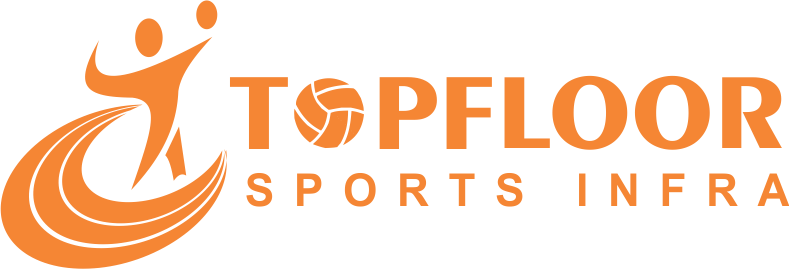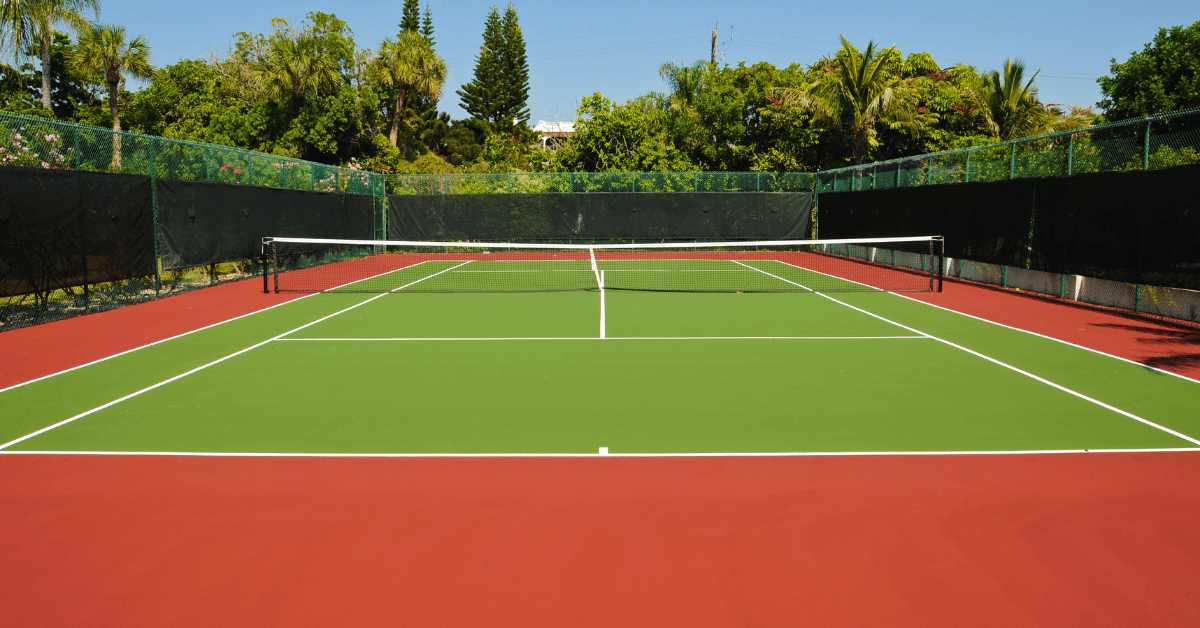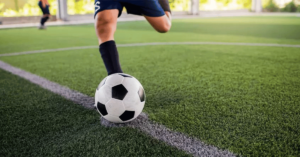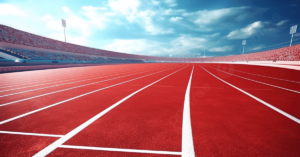Tennis stands as a global favorite among sports enthusiasts, with its roots tracing back to 1873. Since its inception, numerous adaptations of this timeless game have emerged, catering to diverse preferences. Whether indoors or outdoors, people of all ages revel in the thrill of tennis, considering it a prime avenue for fostering a healthy and active lifestyle.
Prior to engaging in a match, it’s imperative to acquaint oneself with the various types of tennis court surfaces. These surfaces significantly influence the ball’s bounce and playability. Optimal tennis court flooring serves as a dependable shock absorber, mitigating the risk of player injuries and ensuring a safer environment for gameplay.
In essence, a tennis court comprises a rectangular area with a net stretched across its center. Each type of tennis court flooring boasts unique characteristics, profoundly impacting athletes’ playing styles and strategies.
Types of Tennis Court Flooring
Understanding the Four Types and Their Varied Requirements Navigating the world of tennis court flooring reveals four distinct types, each catering to specific needs and preferences. Here’s a beginner’s introduction to the diverse options available:
Grass Court Flooring
This tennis court surface is widely recognized as the most utilized. It consists of natural grass grown atop a compact layer of soil. The bounce of the ball on this surface is contingent upon the health of the grass, which can be influenced by factors such as the frequency of mowing and the level of wear and tear. Due to its softness and organic qualities, it is considered the optimal surface for tennis play, with many players favoring its natural feel.
However, there are drawbacks to this type of tennis court flooring. Grass courts are highly dependent on seasonal changes and incur significant maintenance costs. Particularly problematic is their susceptibility to prolonged wet conditions, making it challenging for the surface to dry efficiently during rainy periods.
Clay Court Flooring
Clay flooring courts utilize materials such as crushed stone, shale, or brick. This flooring type influences the speed and bounce of a tennis ball, typically resulting in a high bounce and reducing the impact of powerful serves. While construction costs are relatively low, maintenance expenses can be significant. Regular monitoring of water levels and periodic rolling are essential to preserve the surface’s flatness and integrity.
Hard Court Flooring
Hardcourt surfaces utilize uniform and rigid materials, offering superior bounce and consistency compared to other types of tennis court flooring. Comprised of an acrylic layer, this surface exhibits varying ball speeds, faster than clay courts yet slower than grass courts. The ratio of sand to paint significantly influences the deceleration of the tennis ball on this type of court.
Carpet Court Flooring
The convenience of Carpet Tennis court flooring lies in its removable court covering. For events, temporary Rubber-backed court flooring is installed, boasting a faster and lower bounce compared to other surfaces. It’s often dubbed the “server’s court” due to these characteristics.
Topfloor Sports Infra Pvt Ltd stands as a premier tennis court developer in India, specializing in the comprehensive construction of tennis courts, from the foundation to the installation of synthetic flooring. Our dedicated team excels in crafting a variety of outdoor tennis courts, including those featuring 5-layer acrylic flooring, 8-layer acrylic cushion courts, and synthetic surfaces. As a turnkey project contractor, Topfloor Sports Infra Pvt Ltd manages all aspects of tennis court development, including court fencing and sports lighting, ensuring a seamless and top-tier experience for our clients.





